WASHINGTON (Army News Service, Oct. 19, 2010) Aca,!"- Representatives from 84 organizations worked together Oct. 12-15 to hone their emergency-response capabilities in the event of a catastrophe within the National Capital Region.
Capital Shield, an annual inter-agency training exercise, strives to build relationships between local authorities such as fire and police stations, and federal agencies such as the military, Federal Bureau of Investigation and Federal Emergency Management Agency, to augment each other in a time of crisis.
In its third year as an inter-agency exercise, scenarios included a downed airplane, a nuclear-biological event and a mass casualty simulation.
Maj. Gen. Karl R. Horst, commander of the Joint Force Headquarters National Capital Region and the U.S. Army Military District of Washington, explained that working together in peacetime is necessary for being effective during an emergency.
Aca,!A"This is essential to our ability to respond to a crisis situation in the National Capital Region,Aca,!A? said Horst of the exercise. Aca,!A"You canAca,!a,,ct show up on-scene at a crisis and be exchanging business cards,Aca,!A? he said.
Horst explained that learning each organizationAca,!a,,cs strengths is key. For example, FEMA may not have the heavy equipment needed for a particular emergency, but a local fire department might.
Dan Pickens, chief of exercises for MDW, explained that there are four levels of response for a disaster -- local, regional, state and federal Aca,!"- and the next level of response is only authorized when one agency has exhausted its resources.
Aca,!A"In this type of environment, we get to work together. We know what to expect from them and they know what to expect from us,Aca,!A? Pickens said of other agencies.
Many of the Capital Shield participants represented volunteer organizations such as the Community Emergency Response Team, or CERT. CERTs are members of the community who volunteer to train for disaster preparedness, and may respond to their neighborAca,!a,,cs 911 calls if local authorities are overloaded.
Aca,!A"I like knowing what do to if thereAca,!a,,cs an emergency,Aca,!A? said Benjamin Koshy, incident commander for the Montgomery County, Md., CERT.
Representatives from several medical institutions also took part in the exercise, including personnel from 31 regional hospitals and four military treatment facilities.
Aca,!A"This is a refresher, and a way to keep up with our medical training,Aca,!A? said Sgt. Maria A. Lonjers, a medic at Walter Reed Army Medical Center.
Lonjers, who usually works with doctors prepping for surgery, said that while mass casualty exercises are frequently practiced in the Army, they are important for brushing up on medical basics.
The Department of Transportation also took part in training Thursday.
Aca,!A"I think itAca,!a,,cs an excellent opportunity to practice, make sure that weAca,!a,,cre synchronized, and work together,Aca,!A? said Michael Lowder, director of the Office of Intelligence, Security, and Emergency Response for the Department of Transportation.
Lowder explained that often during a crisis, the Department of Transportation acts in a support role to other agencies, lending engineers and other specialists to ensure rescue teams can reach disaster sites.
Capital Shield is organized and funded by Joint Force Headquarters-National Capital Region to provide Defense Support to Civil Authorities.
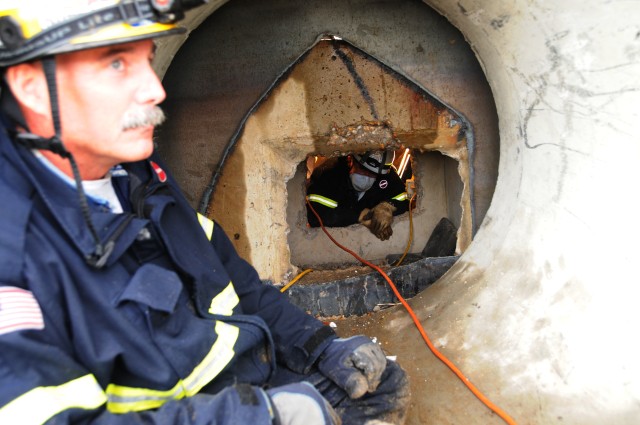
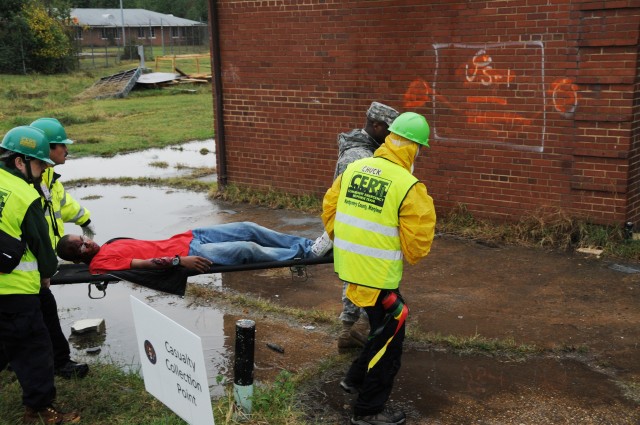
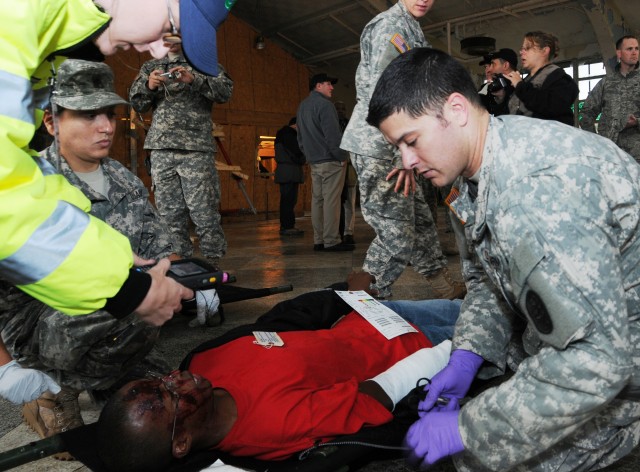
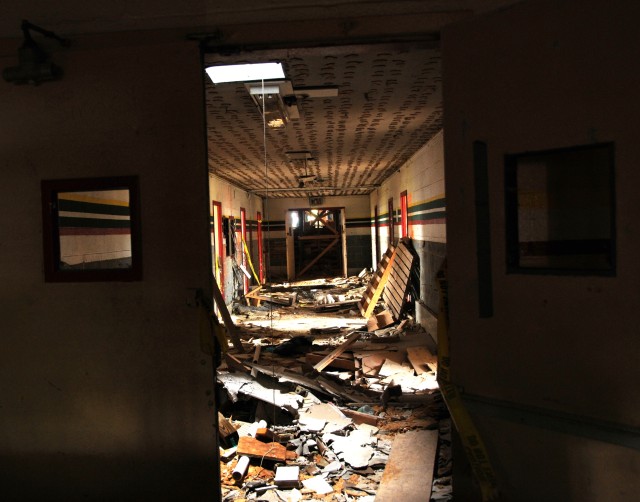
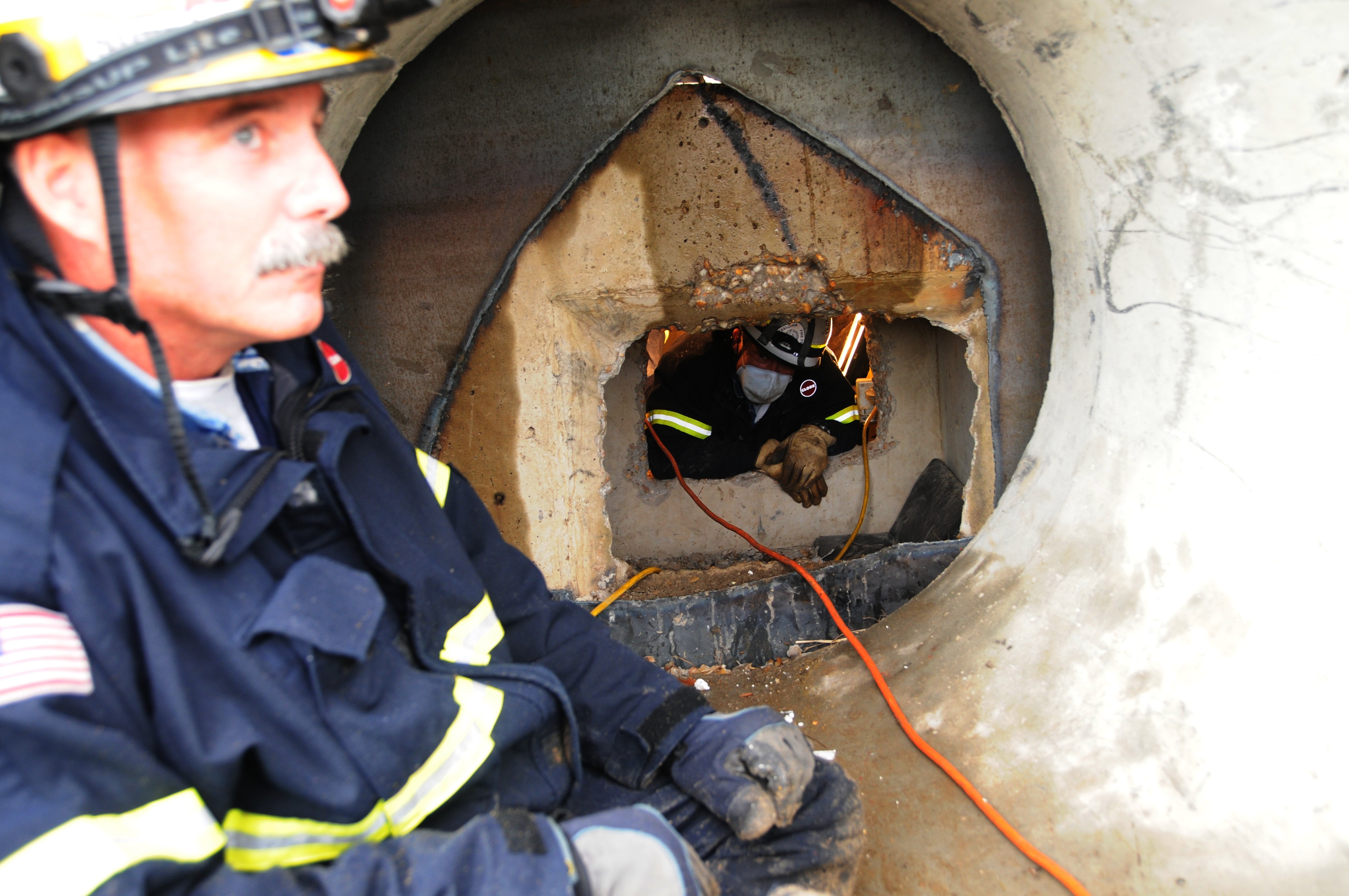
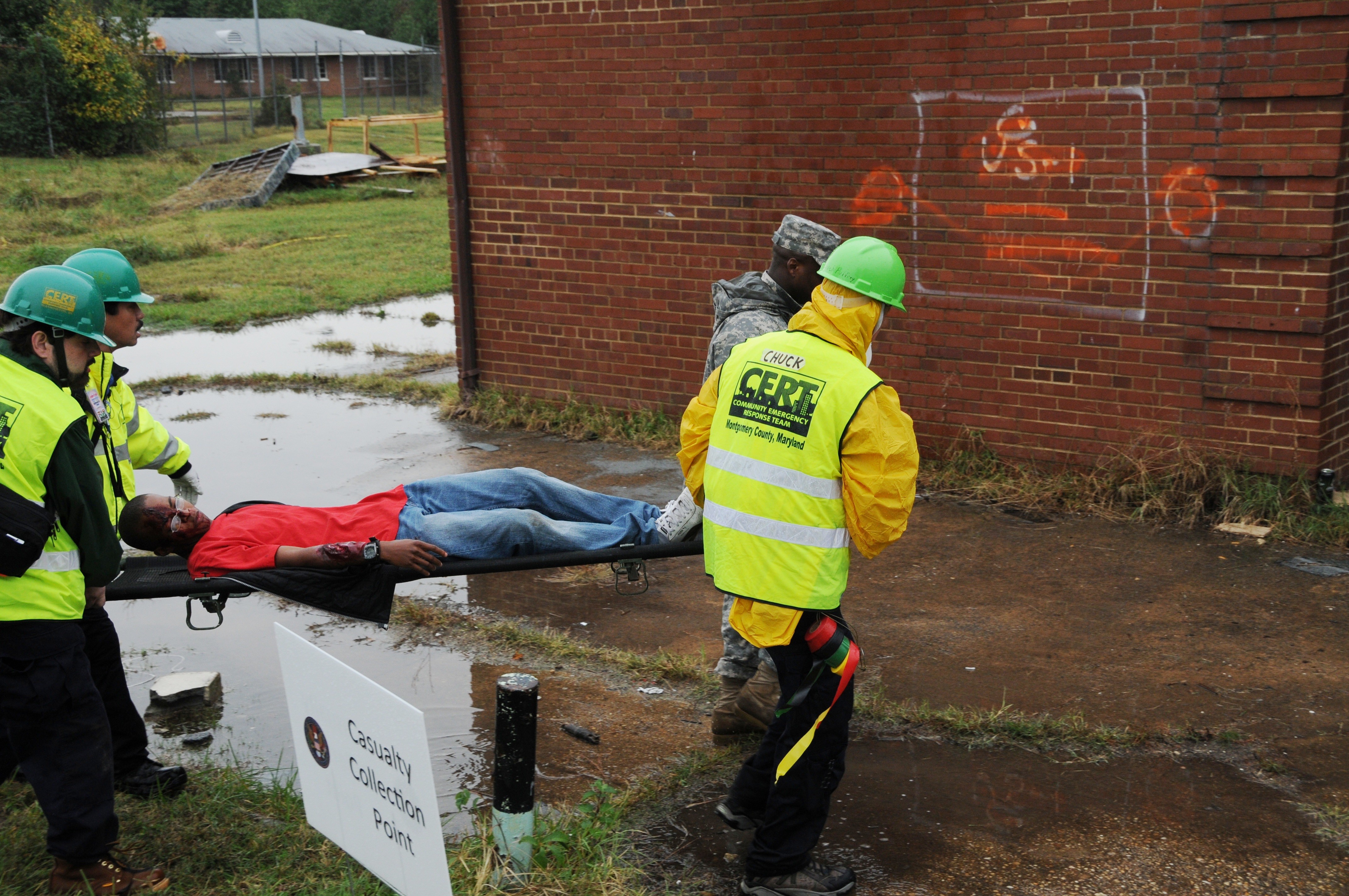
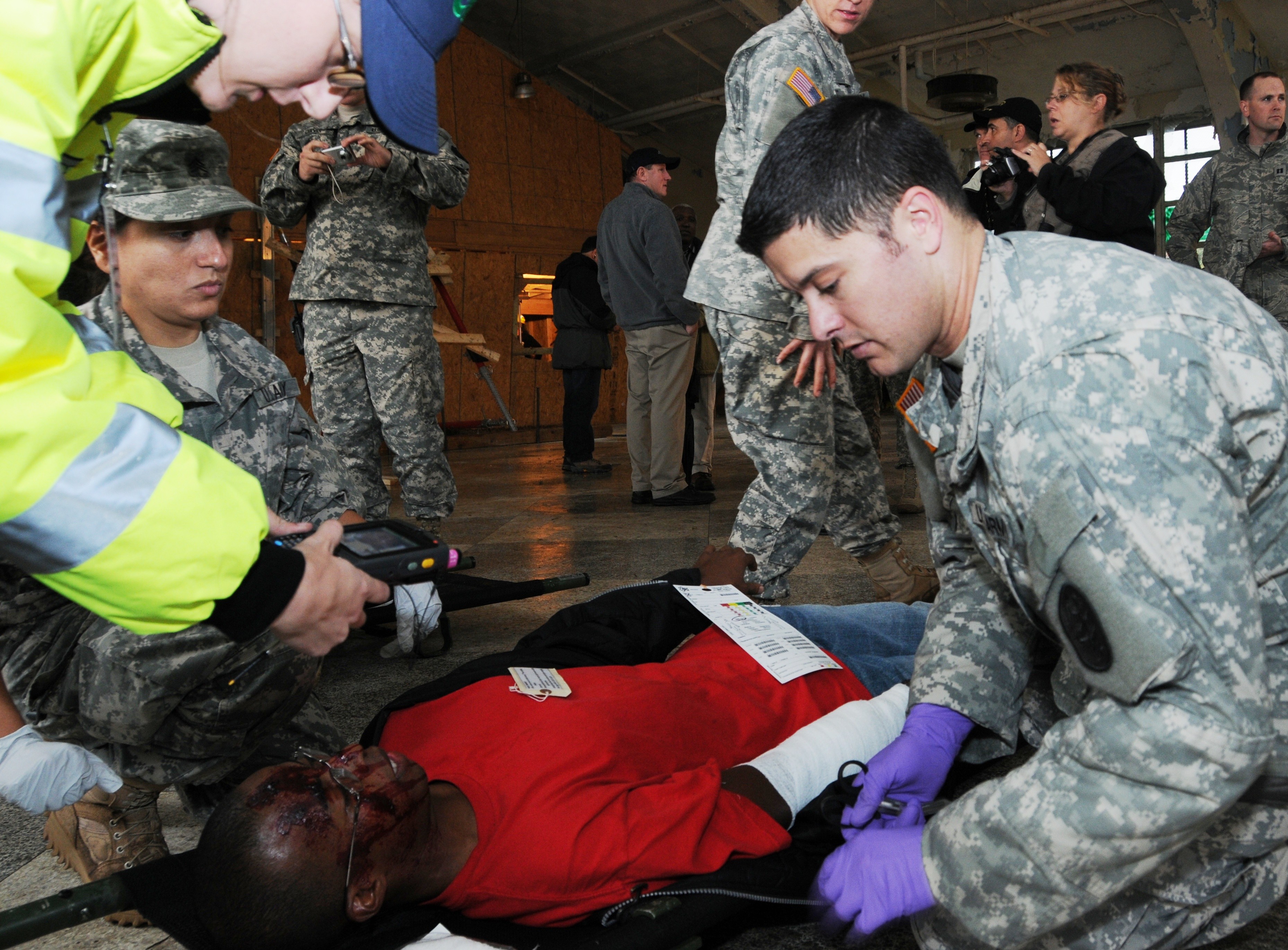
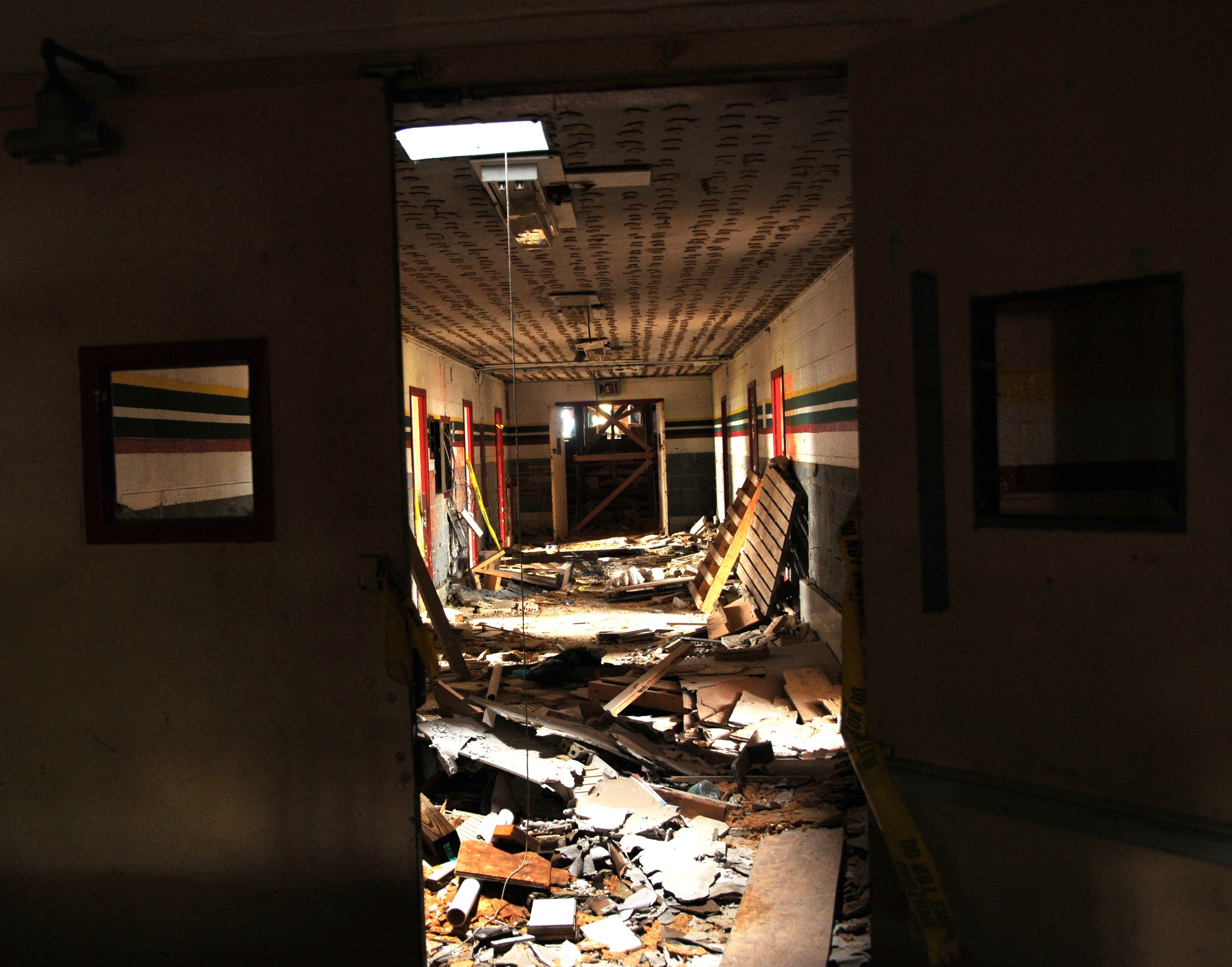
Social Sharing